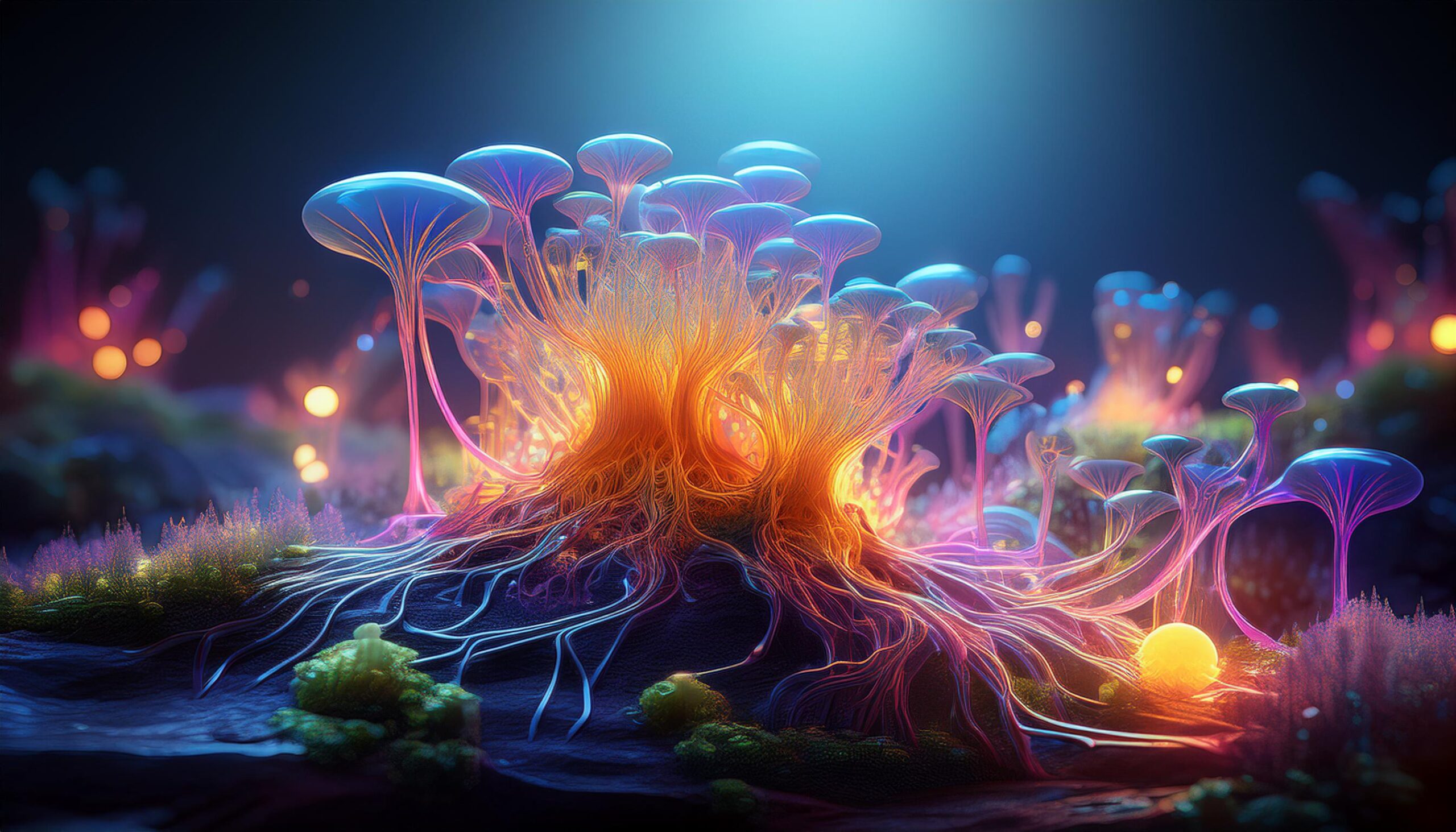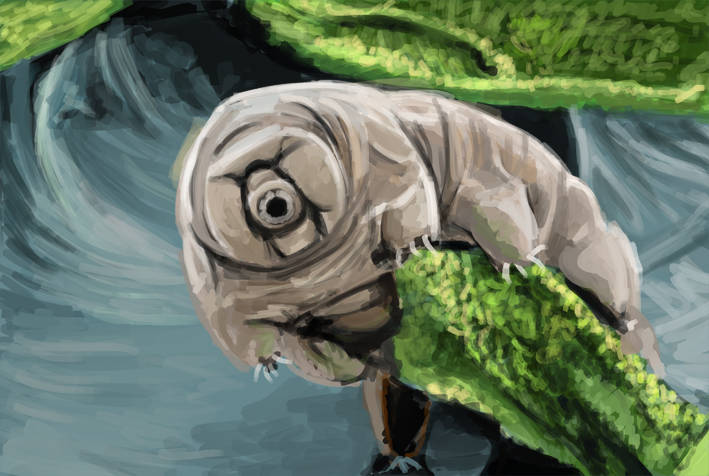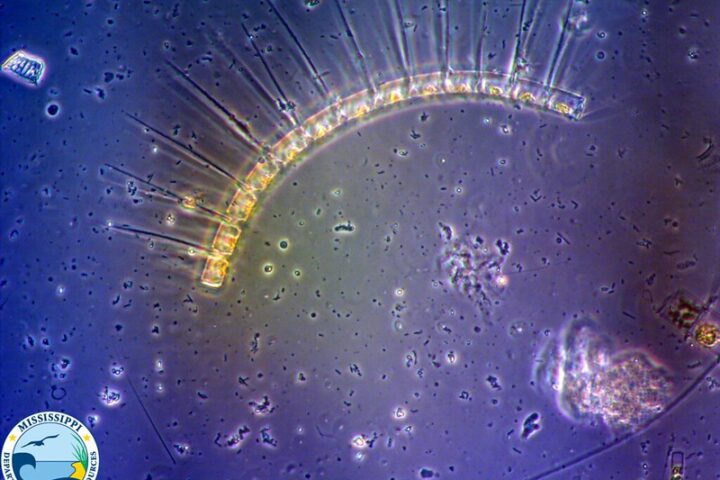Source: Firefly_AI Generated-An intricate, glowing network of slime mold spreads across a dark surface
The Unlikely Sensor
For a long time perceived as an obscure organism, the slime mold is fast becoming a major powerhouse tool in the sensing arena. That same, humbly simple organism that can make a transformation from a single cell into a sprawling, multinucleate mass has the ability to perceive its environment with an extraordinary level of sensitivity. In fact, it stands unparalleled in the biological world on account of its sensitivity to light, temperature, humidity, and even chemical cues.
A Natural Environmental Monitor
The slime mold is hardwired to such an extent to the environment that it could turn out to be a goldmine in environmental monitoring. It is very sensitive and reacts to even the slightest disturbance in the environment, making it an exemplary host to detect pollutants. Researchers are working towards correlating organisms’ behavior in terms of growth pattern or movement with the presence of a harmful substance. It most importantly opens up the possibility of offering an efficient and cost-effective solution compared with chemical sensors, since it generally uses much more complicated and costly equipment.
Healthcare Applications
Equally exciting is the potential of slime mold as a tool in healthcare. Slime mold can be utilised in making biosensors for disease diagnosis, since it has the capacity for detecting certain chemical compounds. Studies on the reactions of the slime mold in the presence of various biological markers can result in early detection mechanisms for illnesses such as cancer. Just imagine the potential of some simple test with this mold giving instant, accurate diagnoses.
Improving Robotics
Another very active area of research involves the integration of slime mold-based sensors into robotic systems. Engineers could come up with a more adaptive and intelligent machine by arming robots with such biological components. The sensory abilities of slime molds are able to give robots heightened ‘situated awareness,’ allowing them to move through complex environments and respond to unexpected challenges. This technology will revolutionize industries related to search and rescue, environmental exploration, and disaster response.
Challenges and Opportunities
The prospect of using slime mold as a sensor is very exciting; however, there are significant challenges that need to be overcome. Most of all, a deep understanding of the mechanisms by which this organism senses the environment is critical to developing an accurate and reliable sensor. Further, great care is needed in engineering and designing applications of the slime mold-based sensor.
The rewards of this research could, however, be immense. Putting Nature at work, scientists can create innovative solutions for some of the prevailing problems faced by the world. There lies an excellent opportunity where the convergence of biology and technology may be applied to develop novel sensors with capabilities that are yet to be seen.
Slime Mold Neural Networks
The slime mold plasmodium—the mass with multiple nuclei that develops from the aggregation of individual cells—exhibits properties very similar to those of neural networks. The network of tubes inside the plasmodium can be interpreted as very much similar to interneuronal connections. This similarity has inspired some researchers to start developing computational models based on slime mold behavior.
Research in the flow of information through the plasmodium is of great utility to scientists in learning fundamental principles of neural computation. The knowledge can then be used to develop more efficient and powerful artificial neural networks. Furthermore, the slime mold adaptability and learning from the environment can provide the blue print for developing self-learning and evolving neural networks.
Bio-inspired Computing
One such concept that is within the process of getting much attention is bio-inspired computing, which takes its biological systems to solve computational problems. Slime mold leads the way in this area. Studies of its decision-making processes are allowing the development of algorithms that have very wide application in different optimization problems. Slime-mold-inspired algorithms have already been applied to the optimization of transportation routes, complex network design, and even music composition.
Slime mold computing is an emerging field with enormous potential applications in robotics, artificial intelligence, drug discovery, and even materials science—the list goes on. Nevertheless, colossal hurdles persist. For example, one of the grand challenges is unraveling the convoluted biochemical processes that occur within this slime mold vis-à-vis its computation features on which effective bio-inspired algorithm development relies. Another problem is that scaling up these algorithms to deal with large-scale problems requires substantial computational resources.
Future of Slime Mold Research
Research on the slime mold is relatively new, but the potential the organism has is, without a doubt, immense. Moving forward, in a few decades, groundbreakers in these fields can be visions. Unraveling the secrets of the slime mold is allowing scientists to pave the way for a new era of computing and technology.
The intersection of biology and computer science opens up unprecedented opportunities for innovation. Such a marriage can bring about more effective, sustainable, and intelligent systems by combining the best of both worlds. Once just a curiosity, it’s the slime mold that now leads a scientific revolution.
Sources:

















